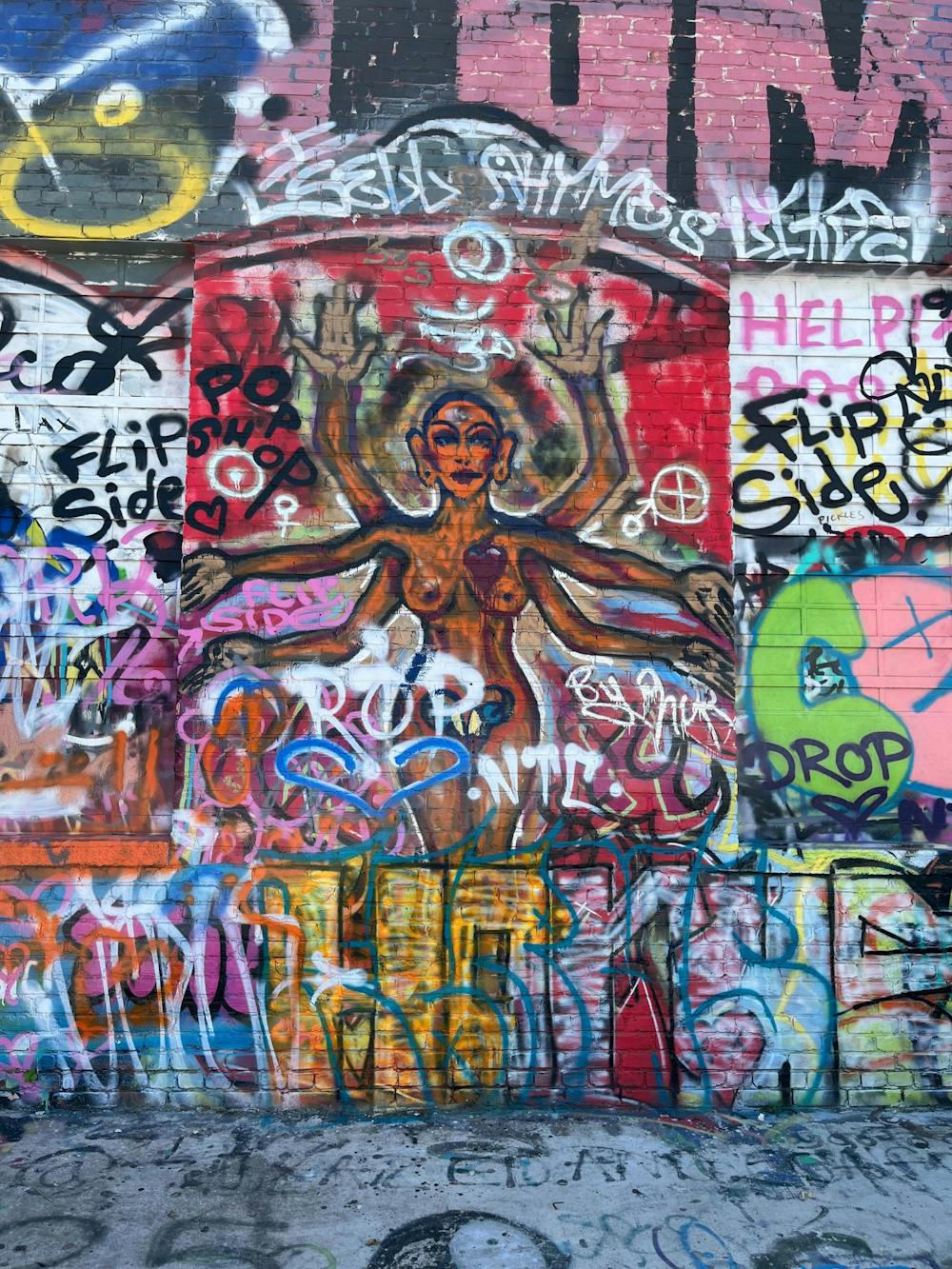There are a few terms and phrases which are endlessly repeated in Hopkins small talk and have varying importance. If you’ve ever heard someone discuss how they “want to become more involved” or how they need to “find their people,” then you’ve already witnessed what I would name the “Hopkins anxiety” or more simply, “Hopkins FOMO.” Basically, everyone is constantly anxious to make new connections and further their career. Just another part of the ambition that Hopkins requires.
A far more benevolent and well-meaning anxiety is another saying that gets constantly repeated as a metaphorical buzzword. The “Hopkins bubble” refers to a common phenomenon that appears on all college campuses — isolation from the surrounding community. Charles Village, Waverly, Hampden and Remington all have important connections to Hopkins, but when someone mentions reaching out of the “Hopkins bubble,” they are usually aiming to understand the broader Baltimore community.
I have technically lived outside of the “Hopkins bubble” in Ellicott City, Md. my whole life. Though I have seen the many sides of Baltimore through school trips and family excursions, even I share this same anxiety. When a city suffers, and you have the privilege of going to a prestigious university in said city, there is an inescapable feeling that you are trapped in a facade, that your perception of Baltimore is not the same as a native Baltimorean’s.
While there are many great events on Homewood Campus, and the University’s student body is one of the most talented and intelligent in the U.S., Baltimore is a city rich in history and “charm.” One of my friends at Hopkins once told me that as he watched the passing streets on the MARC Train, he found Baltimore to be a perfect representation of the U.S. I could not agree more.
My ties to Baltimore run deep — my mother worked in Baltimore for most of her career and went to school at the Notre Dame of Maryland University. My aunt, Megan McShea, has done a lot of archival work on Baltimore artifacts, newspapers and more. More than anything, I have felt the sorrows, angers and joys of the Baltimore streets through informational media, whether it was the constant coverage of the Freddie Gray protests or the whirring excitement when the Orioles beat the Detroit Tigers in the 2014 Major League Baseball postseason playoffs.
I know that many students at Hopkins are reluctant to even travel to a few neighborhoods south of campus, and I truly empathize with this fear. Whether it be the constant notifications on the Citizen app or the nonchalance of Hopkins gossip discussing muggings near campus, the apprehension of crime is inevitable. But all cities have their crime, and it should not deter one from experiencing events such as the Waverly Book Festival or the International Edgar Allan Poe Festival downtown (check out the Leisure section of The News-Letter for things to do around Baltimore).
One thing that annoys me, in particular, is how many Hopkins students casually complain about Baltimore when they never reach outside of their comfort zone and actually experience what the city has to offer. Many students seem to avoid adventure. They become a victim of their own perception, staying in their dorm for fear of being mugged while running to the supermarket.
Baltimore has its societal issues, which bear fruit in a wildly experimental art scene, a loving community that stands up to injustice and a remarkably unique culture with many local products and traditions. More than anything, Baltimore is a group of loving, caring people who don’t deserve to be feared for their own suffering or the societal issues which plague them.
So, if you’re ever afraid you might be in the “Hopkins bubble,” take a look around, and ask yourself if you are studying at Hopkins, or if you are studying in Baltimore. If you don’t think there’s a difference, then chances are you have never truly met Baltimore. Let me be an introduction — take a bus down to Inner Harbor and walk for a start. Get to know the land you tread, and maybe you’ll see why Hopkins was founded in this area in the first place.

















